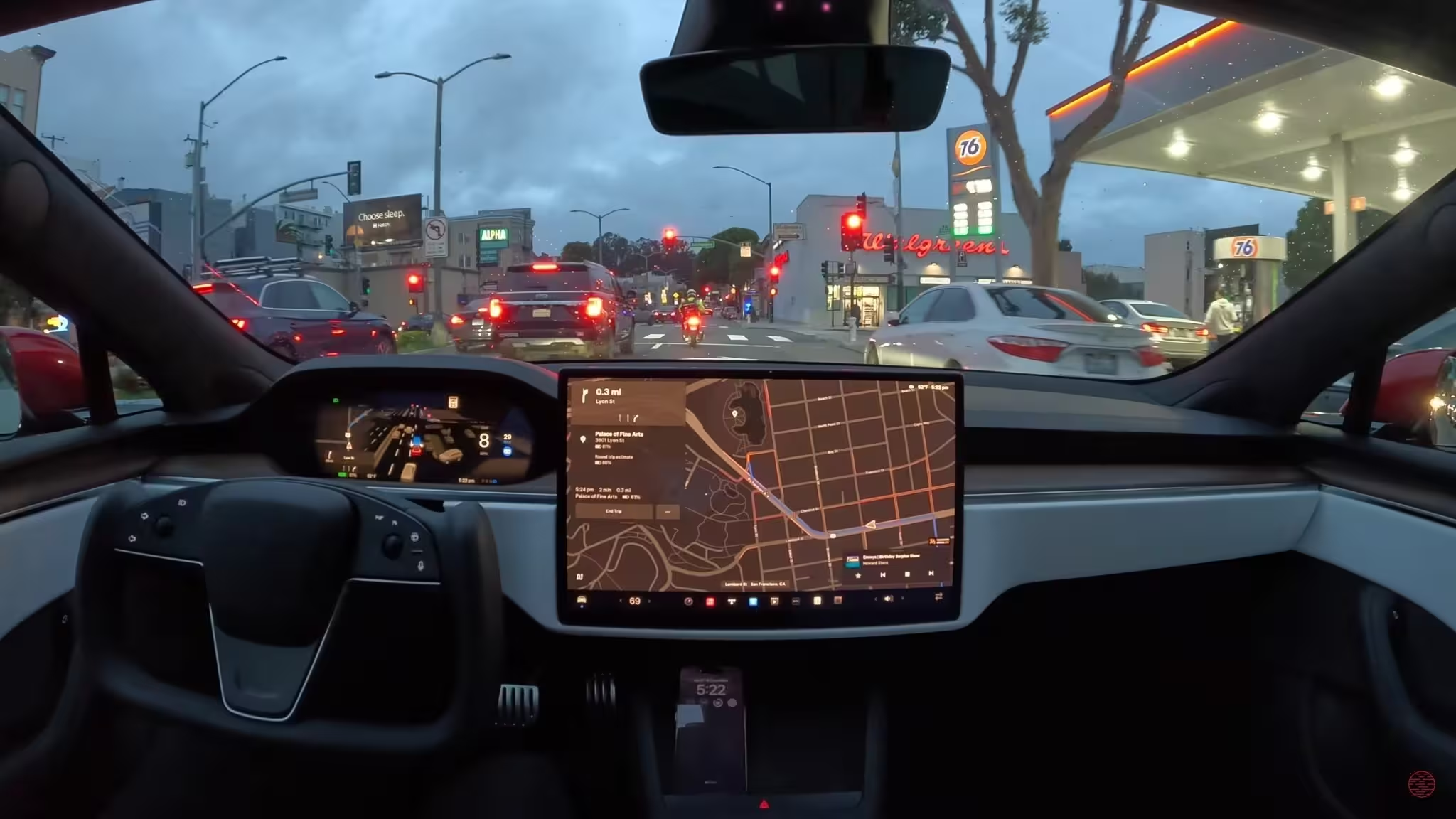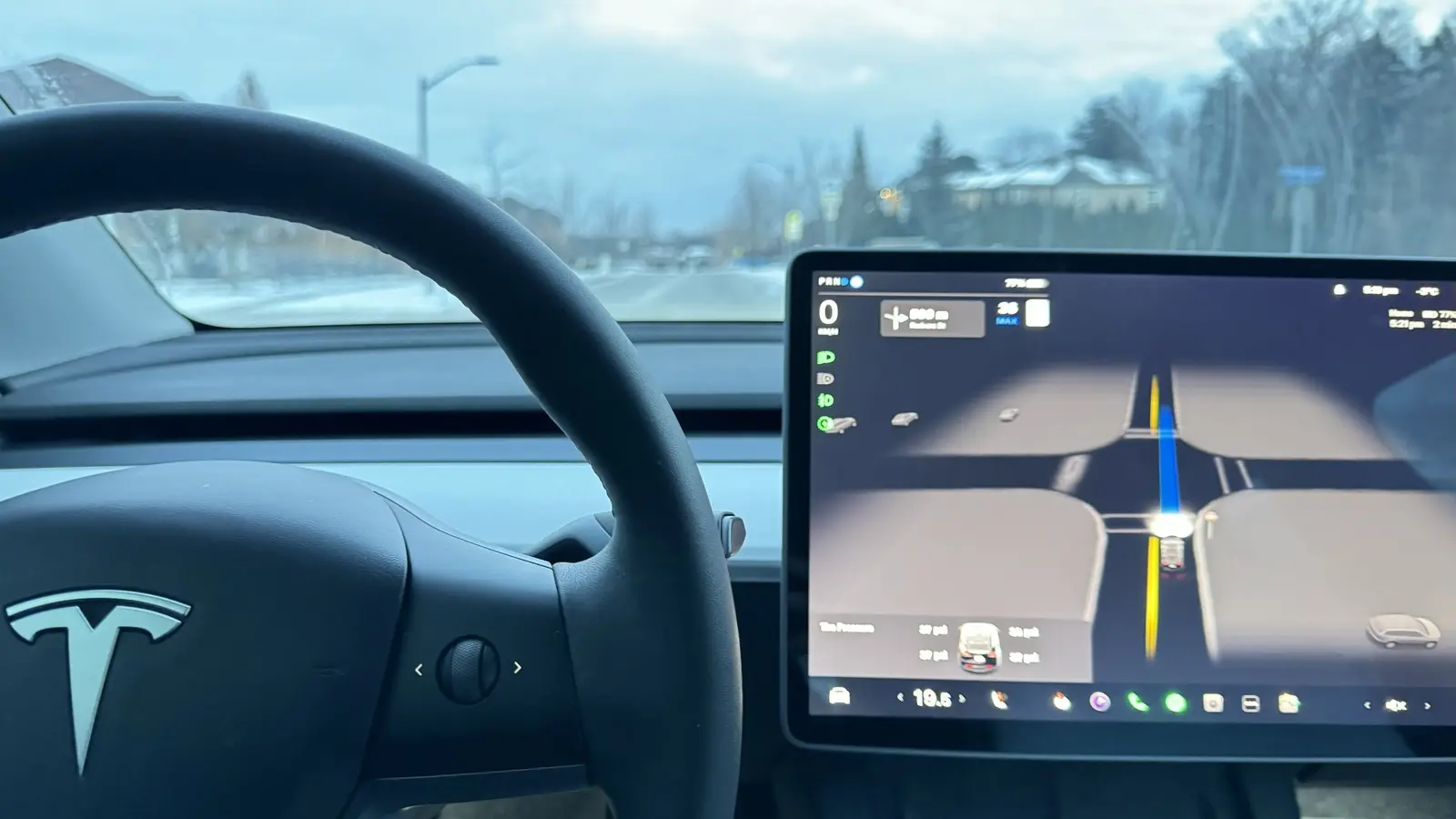5 Minutes
Class Action Clears Hurdle in California
Tesla can no longer divert a high-profile legal fight over its Full Self‑Driving (FSD) marketing to private arbitration for many owners. A US District Judge in the Northern District of California has certified a class action brought by California Tesla buyers who say the company and CEO Elon Musk repeatedly overstated the autonomous capabilities of vehicles sold since 2016. The decision follows earlier arbitration wins for some owners and a recent reimbursement case in which Tesla was required to refund an FSD buyer.
What the Lawsuit Alleges
The suit centers on statements made between October 2016 and August 2024 that Tesla cars were equipped with hardware ready for full autonomy. Plaintiffs say those claims, visible on Tesla's website and in a now‑removed blog post and public statements by Elon Musk, led thousands of potential buyers to purchase the FSD option based on mistaken assumptions about sensors, hardware and long‑distance self‑driving performance. The judge concluded there is enough common exposure to these statements to let California owners pursue their claims collectively.
Who is in the Class?
The certified California classes include drivers who purchased the Full Self‑Driving software from May 19, 2017 to July 31, 2024 and who opted out of Tesla's arbitration agreement, together with a class covering earlier purchasers from October 20, 2016 to May 19, 2017. The court declined to certify a class for Enhanced Autopilot buyers, finding that package did not rely on FSD promises as a core product quality.
Autonomous Claims, Sensors and Technical Questions
A major technical contention in the complaint is that many Tesla models lack the sensor suite required for true autonomy. Plaintiffs point to the absence of lidar and limited redundancy in radar and ultrasonic inputs on some vehicles, arguing Tesla promised end‑to‑end self‑driving without delivering the necessary hardware validation or a verified long‑distance autonomous demonstration.

Vehicle Specifications and Hardware Context
While Tesla EVs typically feature an array of cameras, ultrasonic sensors and vehicle motion sensors tied to an onboard computer, the lawsuit highlights differences between driver assist systems and fully autonomous systems. Key specifications relevant to the debate include sensor redundancy, compute power in the vehicle control module, OTA software update capabilities, and the availability of driver monitoring systems to ensure safe hands‑on enforcement during advanced driver assistance system operation.
Design, Performance and Driver‑Assist Features
Tesla design emphasizes integrated hardware and over‑the‑air (OTA) software updates that can unlock features post‑sale. Performance metrics such as acceleration, range and efficiency remain industry leaders for several Tesla models, but the FSD controversy focuses on software performance and real‑world capability rather than battery or motor specs. Tesla Autopilot and FSD advertise lane keeping, adaptive cruise and navigation on roads with varying degrees of autonomy, yet plaintiffs argue these are still advanced driver‑assist features rather than true Level 4 or 5 autonomous driving.
Market Positioning and Competitive Comparison
Tesla positioned itself as a leader in autonomous driving innovation, often contrasting its camera‑based approach with competitors that use lidar or more diverse sensor fusion. Competitors like Waymo, Cruise and GM Super Cruise emphasize extensive mapping, dedicated sensor arrays and strict geofenced operations for autonomy. The lawsuit raises the question of whether Tesla's marketing elevated buyer expectations beyond what its sensor and software packages could reliably deliver.
Legal and Regulatory Fallout
This case adds to regulatory scrutiny. The California DMV has challenged Tesla terminology like Autopilot and Full Self‑Driving and sought action over allegedly misleading claims, with a decision expected in October. Separately, arbitration rulings and settlements have already forced refunds for some buyers. A class action could increase potential liability exposure and change how automakers advertise driver‑assist technology and autonomy timelines.
Why This Matters to Car Buyers and Enthusiasts
For buyers, the ruling reinforces the importance of distinguishing marketed autonomy from current ADAS performance. For enthusiasts and industry watchers, the case highlights tensions between rapid software innovation, over‑the‑air updates, and the cautious path regulators favor for deploying true autonomous driving. As electric vehicles evolve, clarity in advertising, verified safety demonstrations and transparent technical specifications will be central to consumer trust and market adoption.
Next Steps
The class action will proceed through the federal courts, where plaintiffs can seek compensation and injunctive relief. The outcome will influence Tesla's marketing practices for Autopilot and FSD, and could affect industry standards for describing advanced driver assistance and autonomous capability.
Source: autoevolution


Leave a Comment